
The original blue-and-white porcelain appeared in the Tang and Song dynasties唐宋, and the mature blue-and-white porcelain appeared in the Hutian kiln湖田窑 of Jingdezhen景德镇 in the Yuan Dynasty元代. In the Ming Dynasty明代, blue and white became the mainstream of porcelain. It reached its peak during the Ming Dynasty Xuande明宣德. During the Ming and Qing Dynasties明清时期, derivative varieties such as blue and white multicolored青花五彩, malachite green glaze blue and white孔雀绿釉青花, bean green glaze blue and white豆青釉青花, blue and white red color青花红彩, yellow ground blue and white黄地青花, and Ge glaze blue and white哥釉青花 were created.
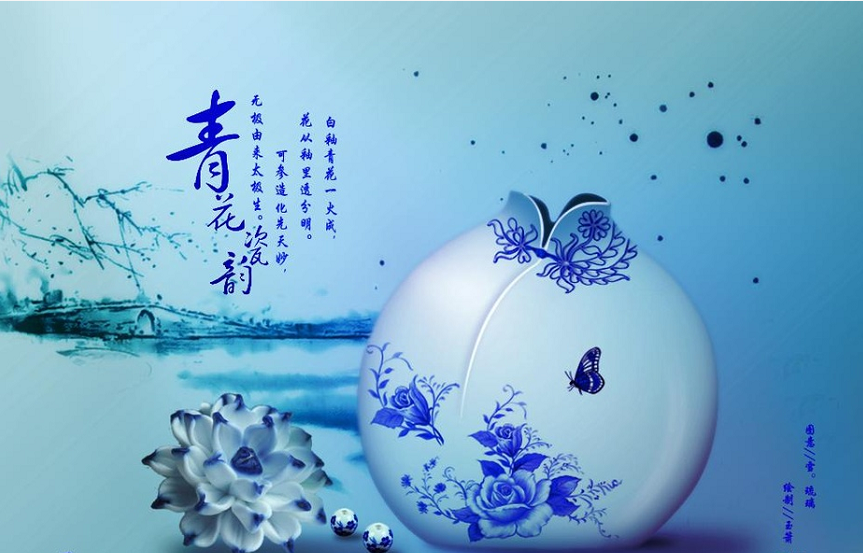
1. Blue and White in the Tang Dynasty唐代
The blue and white porcelain of the Tang Dynasty was in the beginning of blue and white porcelain. The specimens that people can see include more than 20 blue and white porcelain fragments unearthed in Yangzhou扬州 from the 1970s to the 1980s; a blue and white striped complex青花条纹复 collected by the Feng Pingshan Museum冯平山博物馆 in Hong Kong; a floral pattern bowl花卉纹碗 collected by the Boston Museum in the United States; and a jar with fish algae pattern鱼藻纹罐 in the collection the Copenhagen Museum in Denmark; a lid with a dotted plum pattern点彩梅朵纹 in the collection of Nanjing Museum南京博物院.
Through the research on the fetus, glaze and color of the porcelain pieces unearthed in Yangzhou扬州, and the analysis of the material and technical conditions of the Gongxian kiln巩县窑 in the Tang Dynasty唐代, it is preliminarily determined that the origin of the blue and white of the Tang Dynasty唐代 is the Gongxian kiln巩县窑 in Henan河南. In recent years, a small number of blue and white porcelain specimens have been unearthed at the Gongxian kiln site巩县窑, which further confirms that the origin of the Tang blue and white is in the Gongxian kiln in Henan.
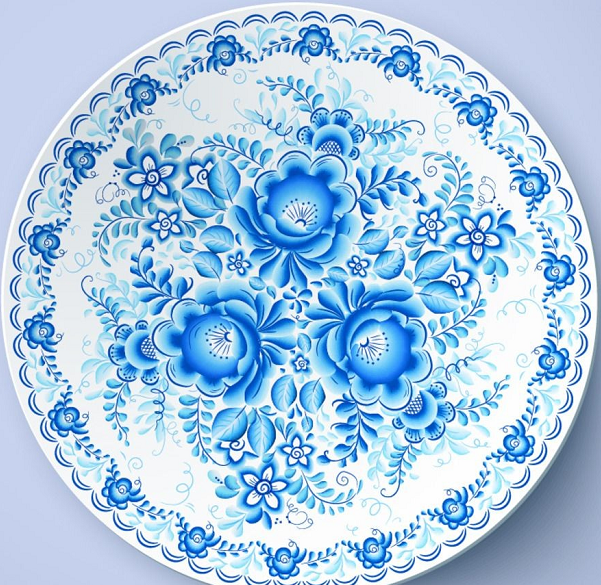
2. Blue and White Porcelain in Song Dynasty宋代
The bricks of the tower have the absolute date of the Northern Song Dynasty北宋 "Taiping Xingguo 2nd Year"太平兴国二年 (977); the other is the tower base of Huancui Pagoda环翠塔 in Shaoxing City绍兴市, Zhejiang Province in 1970. A fragment of the belly of the blue and white bowl was unearthed. The tower stele unearthed from the tower base proves that the tower was built in the first year of Xianchun淳元年 in the Southern Song Dynasty (1265)南宋.
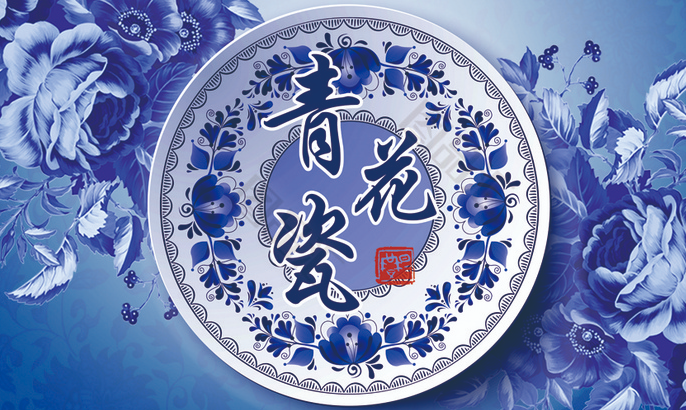
3. Blue and White Porcelain in the Yuan Dynasty元代
Mature blue and white porcelain appeared in Jingdezhen景德镇 in the Yuan Dynasty元代. Due to the dual formula of "porcelain stone + kaolin瓷石+高岭土" adopted in the tire of Yuan blue and white porcelain, the content of Al2O3 in the tire is increased, the firing temperature is increased, and the deformation rate during the firing process is reduced.
The carcass of most utensils is therefore thick.The color of the fetus is slightly gray and yellow, and the fetus is loose. The base glaze is divided into two types: blue-white青白 and egg-white卵白, with a strong sense of opalescence.
Blue and white porcelain青花瓷, also known as Baidi blue and white porcelain白地青花瓷, is one of the mainstream varieties of Chinese porcelain and belongs to underglaze colored porcelain釉下彩瓷.
Blue-and-white porcelain is made of cobalt ore containing cobalt oxide as raw material. The ceramic body is decorated with a layer of transparent glaze, and it is fired in a high-temperature reducing flame.
Collections such as blue and white porcelain have always been liked by collectors regardless of history. They belong to underglaze colored porcelain. They are treasures of my country's Han汉族 ceramic firing craftsmanship. They are one of the mainstream varieties of porcelain and are very famous at home and abroad.
Blue and white porcelain had reached its peak during the Kangxi period of the Qing Dynasty清朝康熙年间, and many derivative varieties appeared during the Ming and Qing Dynasties明清时期.
Join this weekly workshop with China Jobs Daily!


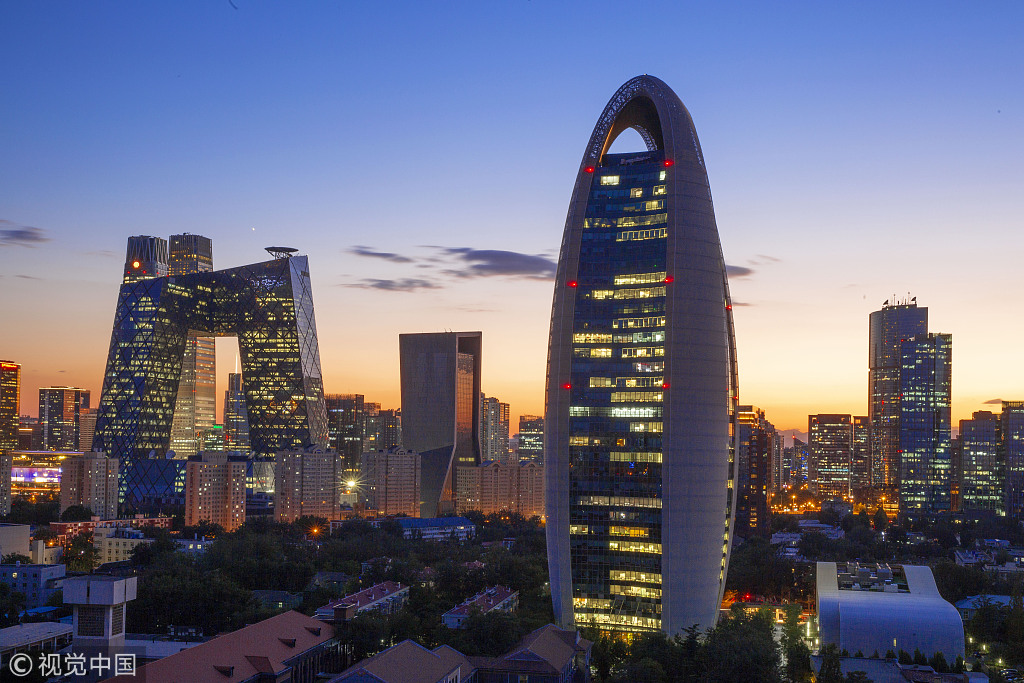

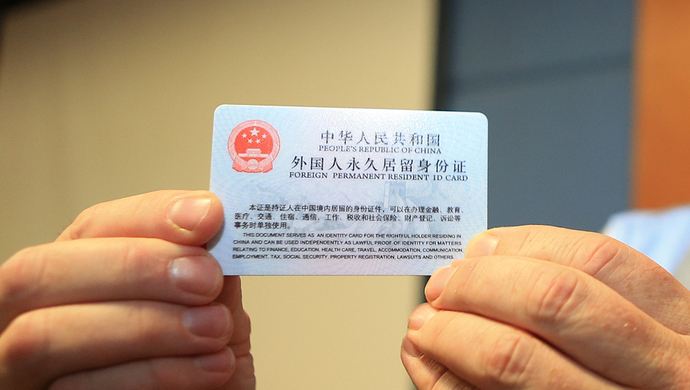





 京公网安备 11011202001511号
京公网安备 11011202001511号